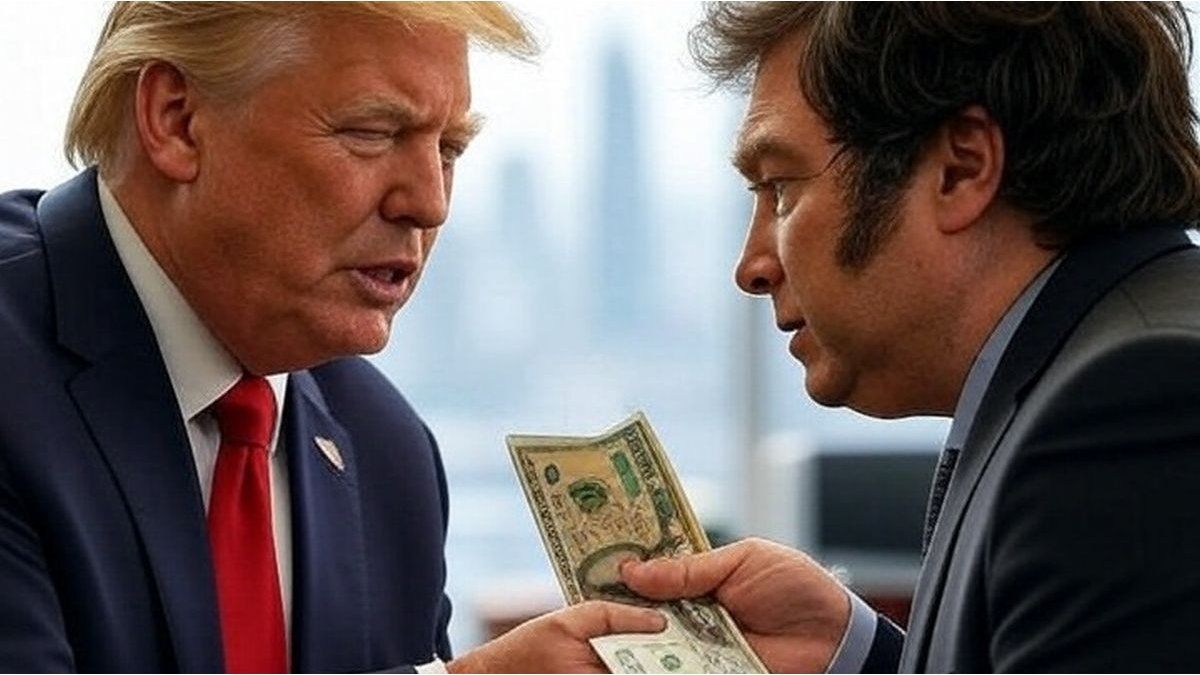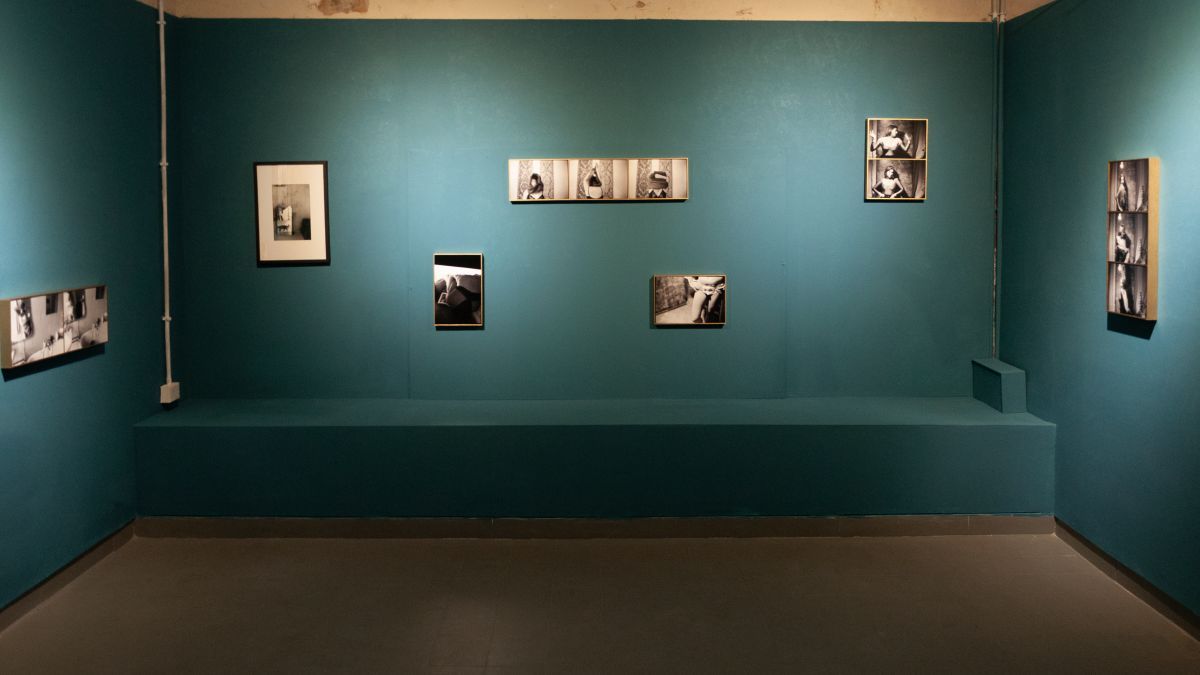In this framework, Tanaka considered that the “truce” will be broken as soon as the cabinet’s presentation to Congress, set for March 8, passes.
The virtual cessation of hostilities occurs amid a sharp deterioration in relations. The uncovering of a private meeting in which opponents from various parties examined how to remove Pedro Castillo led the head of the ministerial cabinet, Hannibal Torresto accuse the participants in that meeting of being “coup plotters”.
The Minister of Labor, Betsy Chávez, personally presented a constitutional accusation against the president of Congress, Maricarmen Alva, whom her rivals point to as the strategist of the “coup.” The official legislator Margot Palacios did the same from the parliamentary jurisdiction.
From the side of the extra-parliamentary radical right, former presidential candidate Lourdes Flores, in turn, accused Pedro Castillo of “treason“, because in an interview he apparently opened the option of giving Bolivia access to the sea, although he later clarified that he did not express himself well and apologized for it.
Likewise, a conservative lawyer, Mónica Yaya, accused the vice president, Dina Boluarte, of irregularities, because some of her nephews supposedly entered into a contract with the State. According to the counterpart, it is a first step to get rid of Boluarte and eventually open the way for Alva or another ally to head of state.
It was on this stage that surprises occurred, one after another: Alva took a first step by calling for reconciliation, which he accompanied with a hug before the cameras with the spokesman for the ruling party Peru Libre (PL), Waldemar Cerrón. This, in turn, had words of praise for his adversary and joined the “truce” approach.
Torres’s response was immediate, with praise for the head of Congress and the withdrawal of his accusations of “coup.” From then on, Peru witnessed exchanges of compliments between staunch rivals.
“It is important to work in unity between the Executive and the Legislative. They are the two backbones that governability has. We have to walk hand in hand,” Boluarte cried out.
“We have to give ourselves a period of truce to find a minimum common agenda,” said Congressman Jorge Montoya, the most active promoter of Pedro Castillo’s removal. However, he acknowledged that this peace will be “temporary” and warned that he will continue his crusade “against communism.”
For analysts, the radical opponents are attempting a brief withdrawal because, according to the political scientist Gonzalo Banda, “they realized that they are as unpopular as or more than the President.”
The polls confirm it: if the rejection of Castillo is already around 60%, the numbers in Congress are worse. The president of the legislature suffers from a high unpopularity and experts fear that if she were to assume the presidency there could be a harsh response in the streets.
The experience was already lived in 2020, when Peru went out to fight the alleged Government of Manuel Merino and knocked it down in just one week.
That time, the reaction was not supportive of the impeached president Martin Vizcarrabut of repudiation of his successor, a scenario that could be reproduced now, when the popular objections against Castillo apparently are not enough for the country to see its enemies with good eyes.
According to local media, the discomfort generated by the president of Congress is such that her allies do not plan to re-elect her in July.
Journalistic investigations indicate that the intention of the right-wing parties is to overthrow Castillo and Boluarte to leave one of their own in the Palace of Pizarro. In addition, the recognized plan is that, if this happens, the new President does not call general elections, as the Constitution requires, but rather continues until 2026 with the current Congress.
The friends of the presidential vacancy are not only facing the resistance they generate for now, but also the reality of arithmetic: to remove Castillo, 87 votes of the 130 congressmen are needed, something that they cannot achieve at the moment due to the correlation of forces.
In this framework, according to Banda, the opposition’s bet would be to let the environment detoxify a bit and wait for the President to weaken even more through the permanent “unforced errors” attributed to him. That would be the meaning of the “truce”.
The key could be that Castillo and Torres get rid of all or some of the most questioned ministers: Health, Hernán Condori; that of Energy, Carlos Palacios; Justice, Ángel Ydelfonso, and Defense, José Gavidia.
But the issue is not easy, because Condori and Palacios, against whom there are the biggest objections due to previous corruption allegations, are key players for PL. Removing them would give some votes, but the support of the ruling party would be put at risk.
If Congress gives Torres the green light, the team will continue to operate. If not, all ministers will be forced to resign. In the latter case, however, there is an additional situation: if Congress rejects two confidence motions, the president is authorized to dissolve it. It would be the first and everything would hang by a thread.
For all that, they are days of calculations, in which the parties want to have the best cards. This time, the ruling party and the “hard” opposition have preferred to dress up as a “truce”, but for experts this could only be the calm before a new storm.
Source: Ambito
David William is a talented author who has made a name for himself in the world of writing. He is a professional author who writes on a wide range of topics, from general interest to opinion news. David is currently working as a writer at 24 hours worlds where he brings his unique perspective and in-depth research to his articles, making them both informative and engaging.




